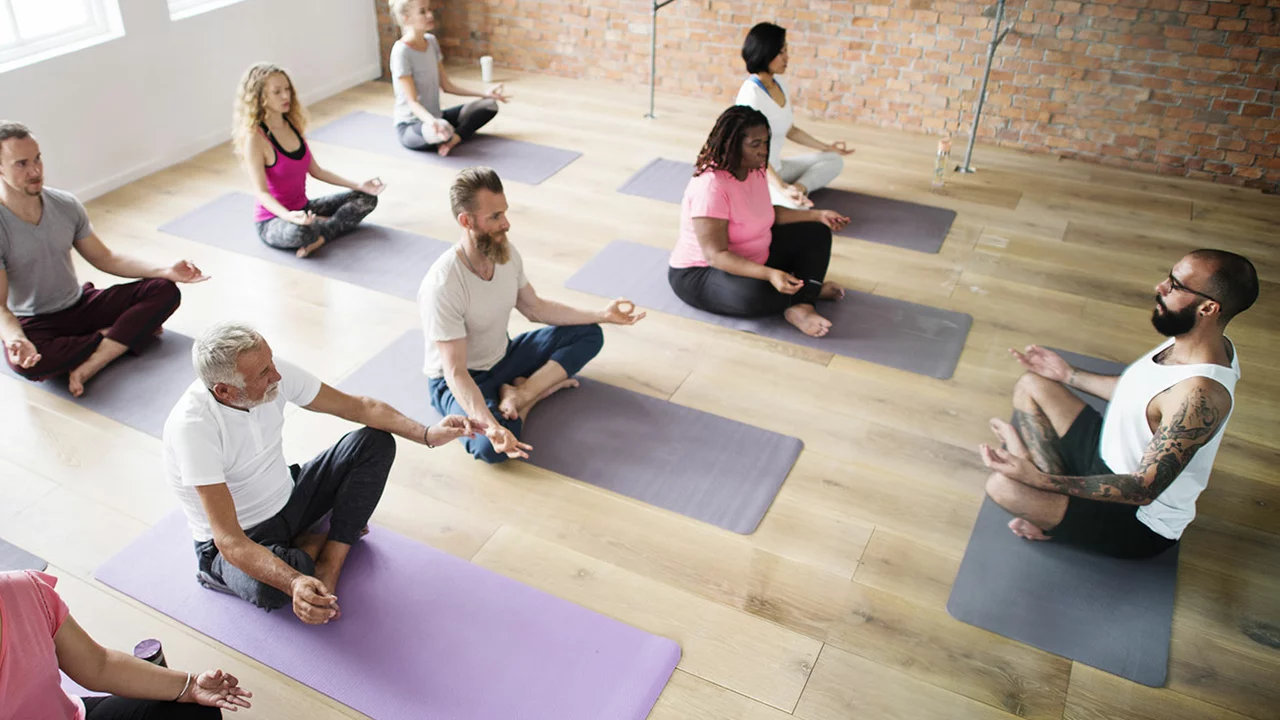In-Person Classes: Find the Right Yoga Session for You
Showing up to a live yoga class feels different from tapping play on a screen. You get hands-on guidance, instant corrections, and a group vibe that nudges you to keep coming back. If you want steady progress, better alignment, or a sense of community, in-person classes often deliver more than online options.
First, know what you want. Are you after stress relief, strength building, flexibility, or teacher training? Different studios and teachers focus on different goals. A hot-power class boosts cardio and heat. A hatha or gentle class focuses on alignment and breath. Pick one clear goal and test a few classes that match it.
How to choose a good class
Check class size, teacher credentials, and the studio vibe. Smaller classes mean more attention. Ask if teachers hold a 200-hour or higher certification if you plan to go deep or train. Visit at off-peak times or ask for a trial class to feel the atmosphere. Notice whether the teacher offers modifications for injuries and different fitness levels—good ones always do.
Think about logistics too. Is the studio close to work or home? What are class times and drop-in fees? Some places sell class packs or monthly memberships that lower the per-class cost. If you can, try a morning and an evening class to see which energy fits your day.
What to expect and how to prepare
Arrive 10–15 minutes early for your first class. You’ll fill out a short health form and tell the teacher about injuries or recent surgeries. Bring a mat, water, and a light towel. Wear clothes that let you move and breathe. If you don’t have a mat, most studios rent or sell them.
During class, listen to the teacher and stay curious. Don’t push into pain—mild discomfort is normal, sharp pain is not. Use props like blocks or straps when suggested. If the teacher adjusts you, give quick feedback about pressure and preference. Good communication keeps practice safe and comfortable.
Expect practical benefits quickly: better posture, clearer breath, and less stress after a few weeks. Technical improvements—like deeper hip openers or steadier arm balances—need practice and guided cues. Track small wins, like improved sleep, less neck tension, or being able to hold a pose longer.
Finally, treat classes as habits, not one-off experiments. Consistency—two to three times a week—produces noticeable change. If a class or teacher doesn’t feel right, try another. The right fit makes practice enjoyable and sustainable.
Ready to try an in-person class? Start with a clear goal, pick a studio nearby, and show up early. Your body and mind will thank you for the face-to-face guidance and the steady rhythm that studio life offers.
Is it better to do yoga in a class or online for a beginner?
As a beginner to yoga, it can be challenging deciding whether to start in a class or online. In-person classes offer real-time feedback and corrections, which can prevent bad habits from forming. However, online classes provide flexibility, allowing you to practice at your own pace and convenience. Both have their merits, so it truly depends on your personal preferences and learning style. It's best to try both and see what suits you.
